The History of the Château de Bagnols
Explore 800 years of history
The history of the Castle
The history of Château de Bagnols, now classified as a ‘Historic Monument’, spans centuries.
This fortification, which has witnessed eight centuries of history, has been enriched with each change of owner, becoming the pleasure residence we know today.
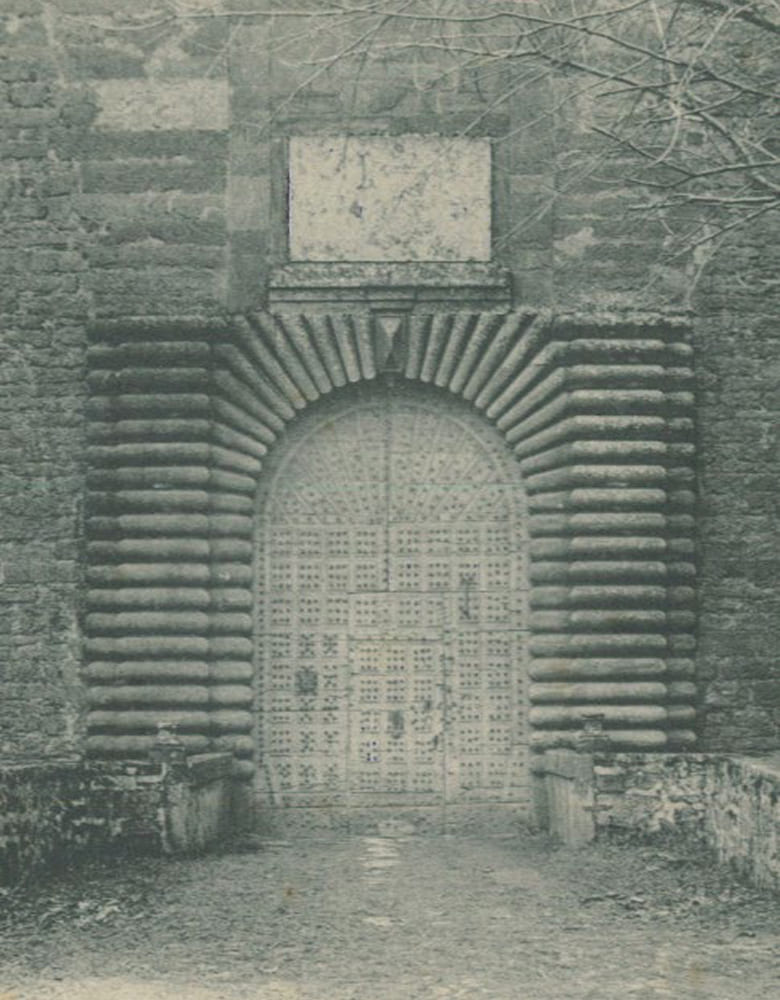
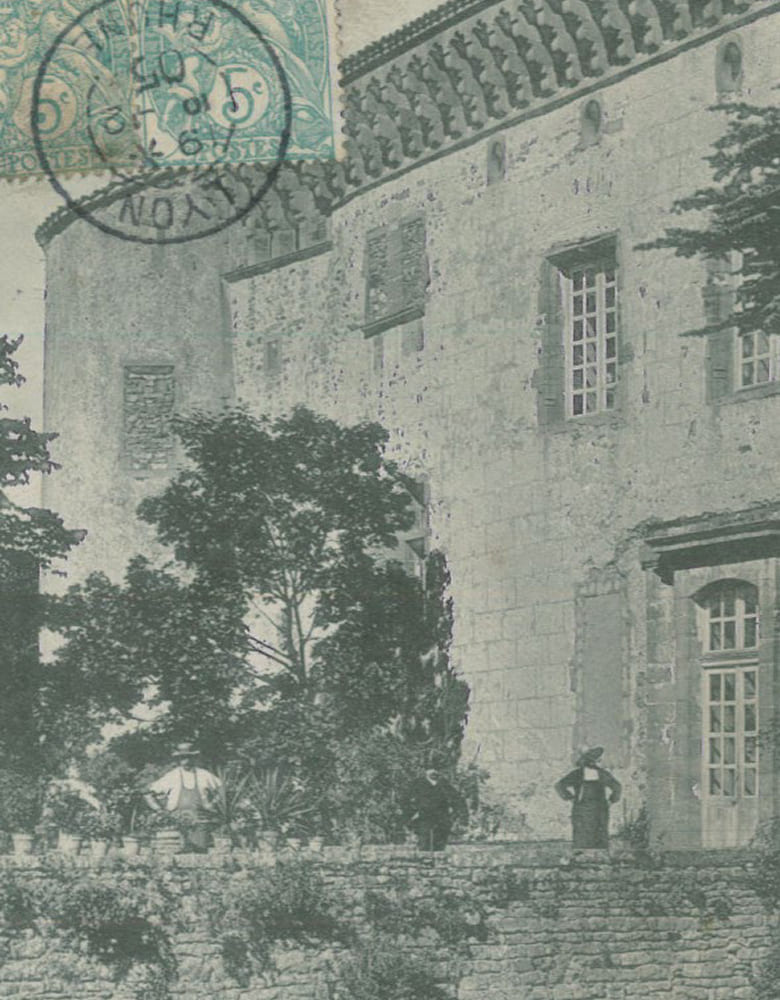
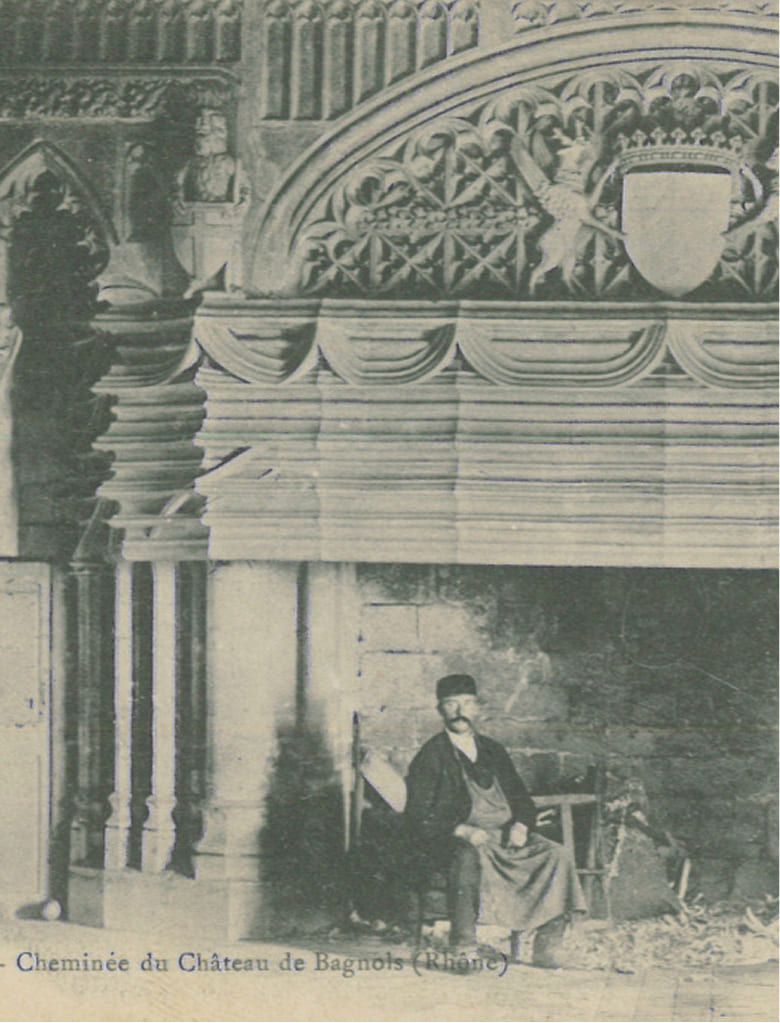
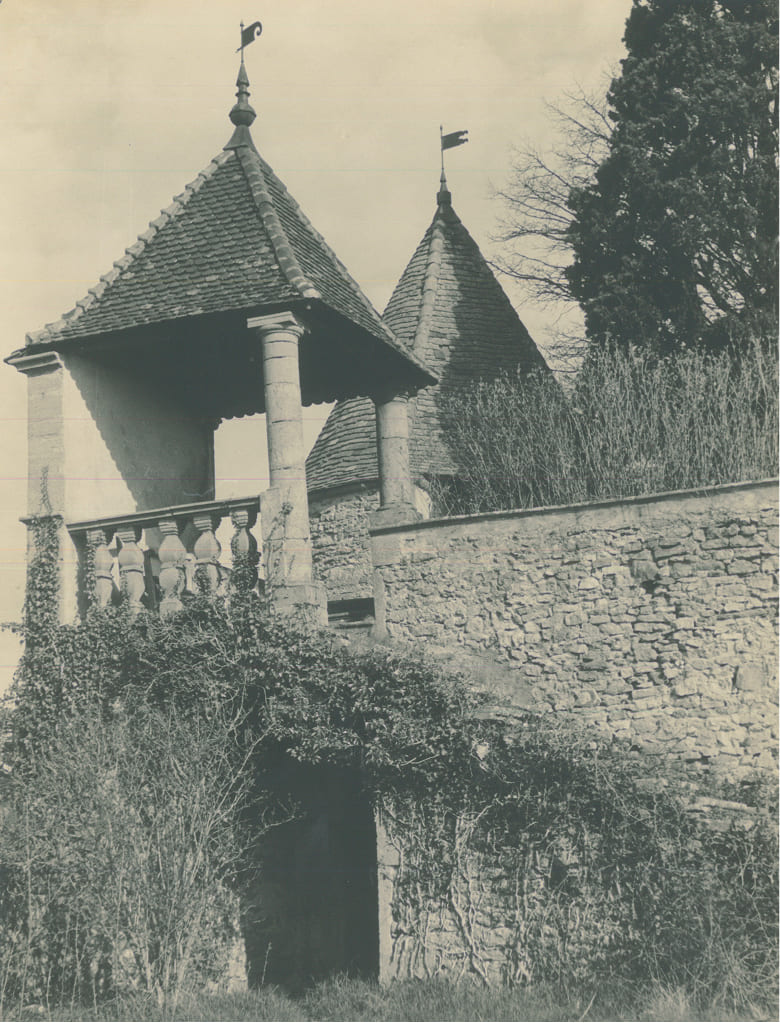
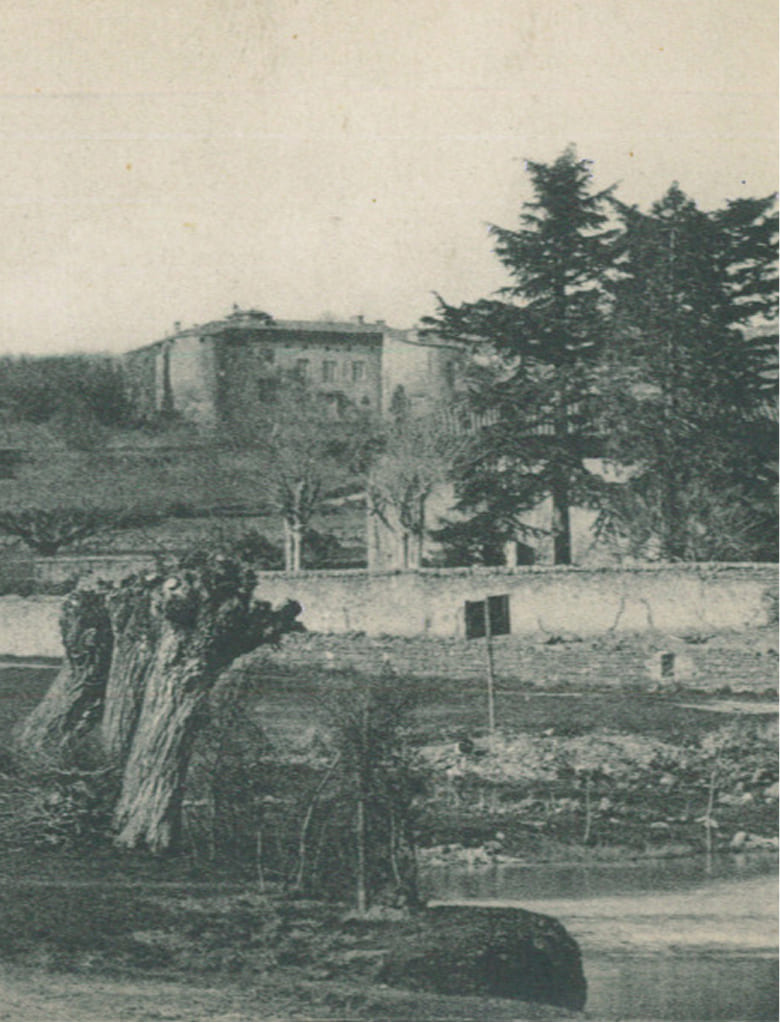
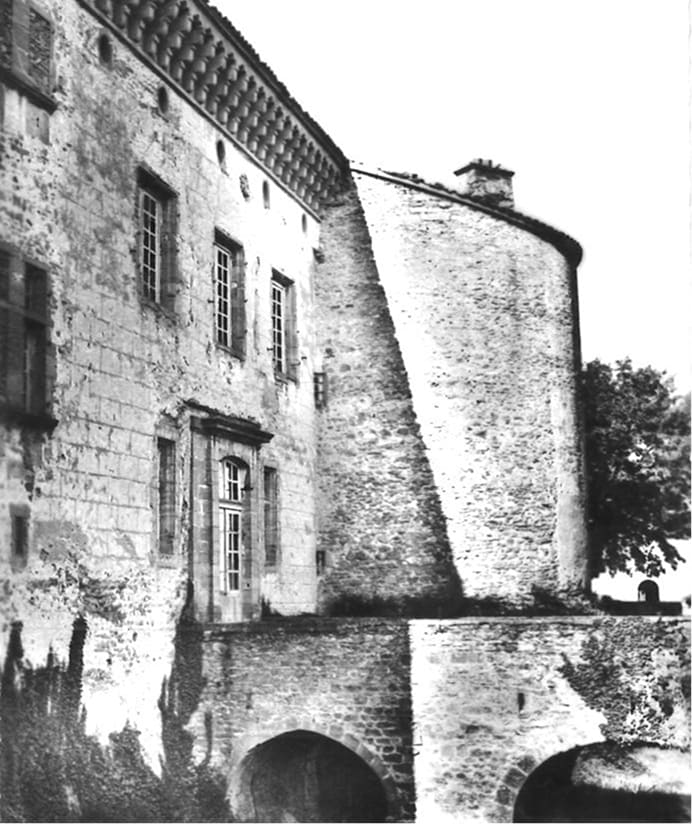
Lords of Oingt
The Château de Bagnols was built on the lands of the Lords of Oingt in the heart of the Beaujolais vineyards and the Monts du Lyonnais. In 1217, Guichard d’Oingt, a powerful lord of the Beaujolais region, undertook the construction of a vast château which, in terms of size, rivalled the most imposing buildings of the royalty and clergy. It was at this time that construction began on the château, its fortifications and its moats. Designed in this way, it dominated the valley, and from its keep, the entire surrounding region could be surveyed.
Lords of Albon
Guichard d’Oingt’s granddaughter, Eléonore, married Guillaume d’Albon in 1288, and this illustrious family took over the fiefdoms of Bagnols, which they would retain for six generations.
In the mid-14th century, the region was struck by a series of disasters: floods, climatic disturbances and epidemics, followed by widespread misery and famine. In 1337, war broke out and bands of looters roamed the region, spreading chaos and terror. Churches were abandoned and villages deserted.
Lords of Balzac
In 1453, the marriage of Jeanne d’Albon and Rauffec de Balzac placed the castle under the coat of arms of this family. It was then that the north tower was erected and pierced with arrow slits to reinforce the castle’s defences.
Geoffroy de Balzac, son of Rauffec, was raised at court, becoming a page and then advisor to King Charles VIII, whom he welcomed to his château in Bagnols in October 1490 when the king was just 20 years old. To commemorate his visit, a crown was carved in stone above the fireplace in the guard room. This visit was a supreme honour that marked a page in the history of the castle. Geoffroy de Balzac married Claude Leviste, who is thought to have been the ‘Lady with the Unicorn’ in the famous tapestries.
Lords of Chabannes
Claude then married a relative, Jean de Chabannes, who took possession of his property. The lands of Bagnols were sold in 1566 to Jehan Camus and his sons.
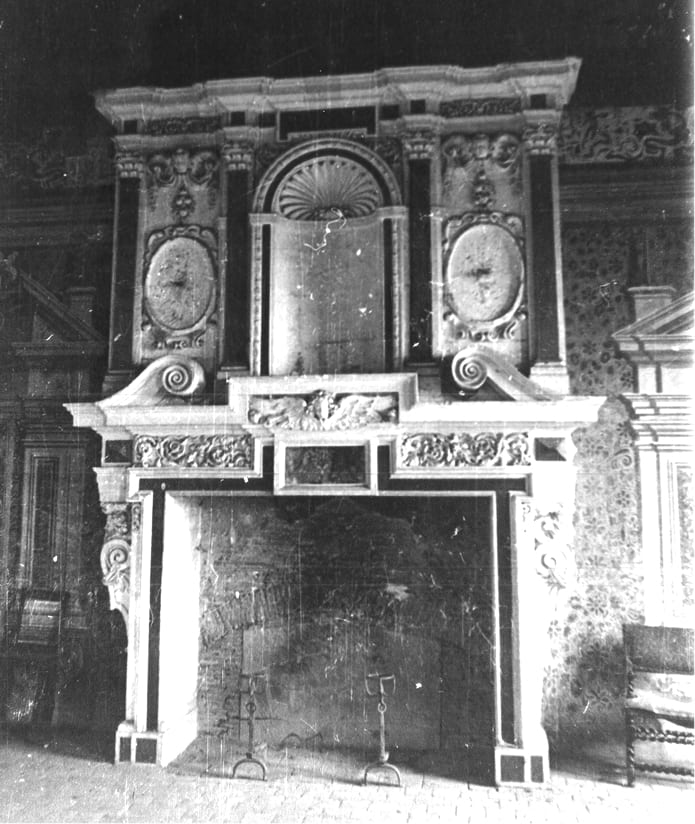
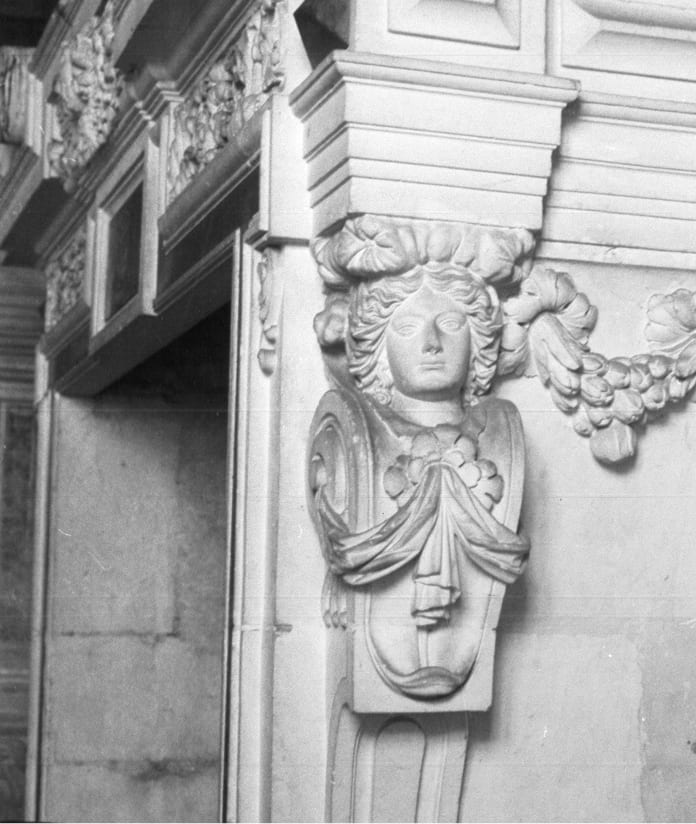
Lords Camus
This family occupied Bagnols for three generations until 1619, when the property was sold to Gaspard Dugué.
Lords Dugué
In the 17th century, the château was the favourite residence of the Dugué family, who created numerous decorations in Bagnols. The Dugués were related by marriage to the Marquise de Sévigné, who mentions her stays at the château in her extensive correspondence.
Gaspard Dugué was responsible for major renovation work. He had a master fountain builder bring water to the château from the lower courtyard basin to the cast iron taps in the kitchen. Gaspard was the first owner of Bagnols to make it his preferred residence. He invested large sums of money to enhance it while strengthening its defensive character, a symbol of his power and nobility.
Lords Hesseler
In 1711, Barthélémy Joseph Hesseler purchased ‘The seigneury and barony of Bagnols’. He maintained it with care and embellished it, calling on François Aricor to help him. It was during this period that certain defensive elements (machicolations, bretèche, drawbridge spire, etc.) were removed.
Lords Croppet de Varissan
Barthélémy’s daughter, Marie-Anne, married Jean-Baptiste Croppet de Varissan, who ruled Bagnols from 1751 to 1782. Upon his death, the Bagnols estate was estimated to be worth 600,000 livres, including 19,000 in furniture and ornaments.
Lords of Saint-Try
Upon her father’s death, Claudine Barthélémy inherited the château. She married a family friend, owner of the Château de Saint-Try and numerous other estates. In 1796, the Bagnols estate was divided up and sold.
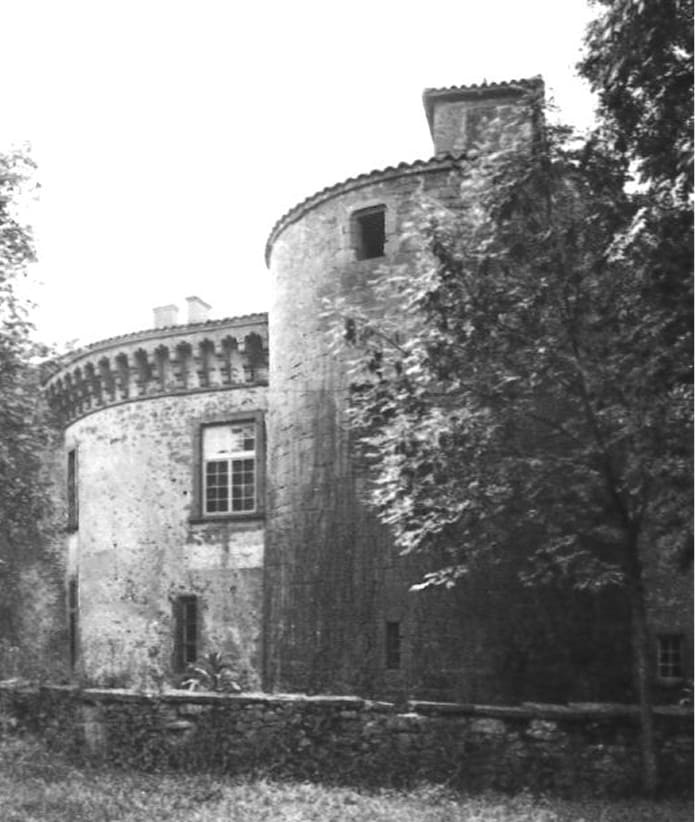

Lords Chavanis
Claude Chavanis purchased the Château for £160,000. During the second half of the 18th century, Bagnols underwent further development. The Revolution spared the estate: only the large towers and a few coats of arms were destroyed. Transformed into a revolutionary council chamber and the judge’s residence, the château was thus preserved. Upon Claude’s death, his son Auguste inherited the estate, which he developed as a wine-growing business, buying vineyards and building the vast winery.
Lords de Jouffray
Françoise Anne Julie Chavanis inherited the château from her father. She was married to Jean Antoine Morand de Jouffray, a descendant of the famous architect Jean Antoine Morand, who designed the Brotteaux district in Lyon and was hanged during the Revolution. Their daughter Amélie Morand de Jouffray inherited Bagnols in 1881.
Lords du Chevalard
Jules Lucien Souchon du Chevalard, Knight of the Legion of Honour and Prefect of Ardèche, married Amélie Morand and was the owner of Bagnols. In 1899, their daughter Antoinette brought the château as a dowry to Count Joseph Boutechoux de Chavanes.
Lords de Chavannes
They had three children, including Marie-Antoinette, the last owner of the Château until 1980. In 1940, during the Second World War, the treasures of Saint-Jean Cathedral were stored there to escape the bombing: the Salle des Tonneaux became a shelter for Lyon’s heritage. Over the years, the Château fell into disrepair. Its owner, who only stayed there in the summer on the west ground floor, gradually let the building fall into disrepair. The main building cracked, the roof collapsed, and in the 1970s, the outbuildings and then the wine cellar collapsed with a crash reminiscent of a supersonic ‘bang’.
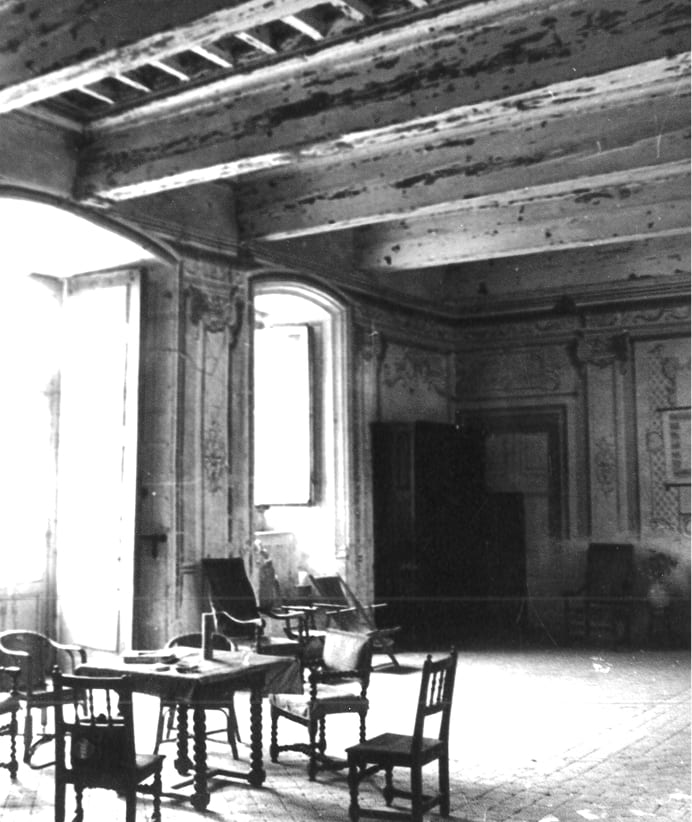
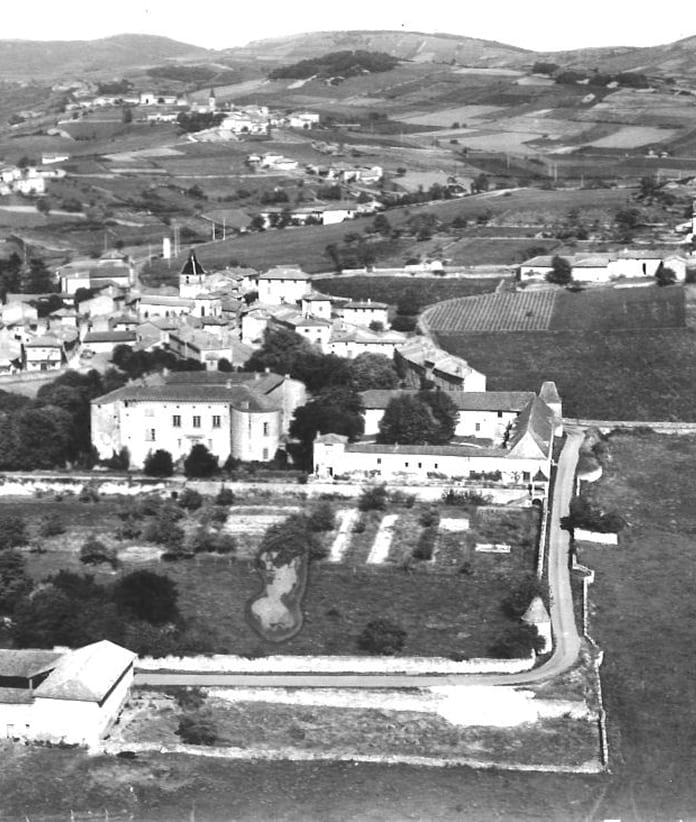
Mr Roche
In 1980, Mr Roche purchased the Château. He sold it seven years later, in 1987, to Paul and Helen Hamlyn.
Paul & Lady Hamlyn
Driven by their passion for the region, Paul and Helen Hamlyn decided to purchase Château de Bagnols with the aim of restoring it to its former glory while preserving its soul. Under the direction of architect Tom Wilson, four years of meticulous restoration work were required to restore the building to its original splendour. Combining traditional craftsmanship with modern techniques, the work consolidated the building without altering its character. In 1992, the Château was reborn, transformed into a four-star luxury hotel and restaurant, blending elegance, history and refinement.
Von Essen Hotel Group
From 2007 to 2012, the Château will be owned by the Von Essen Hotels group.
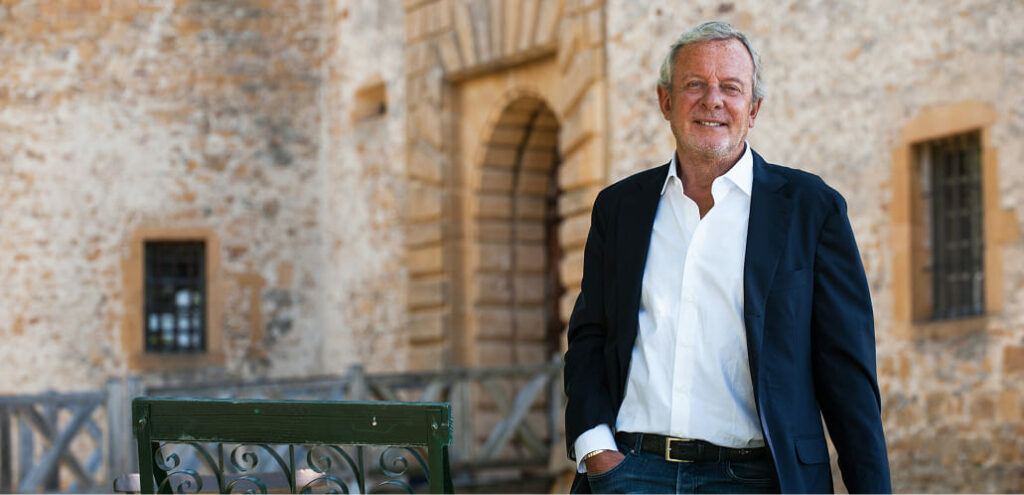
Jean-Claude Lavorel, since 2012
In June 2012, Château de Bagnols was taken over by Lyon-based entrepreneur Jean-Claude Lavorel and became part of the Lavorel Hotels group. Under his leadership, a majestic glass roof was erected above the inner courtyard, while a spa, a modern fitness centre and six contemporary suites were created in the former wine cellar.
Today, the twenty-seven suites are named after iconic figures from the Château’s history, such as Guichard d’Oingt, Honoré de Balzac and Madame de Sévigné. Since October 2025, Château de Bagnols has been writing a new chapter in its history, becoming an exceptional venue dedicated to hosting private and professional events.